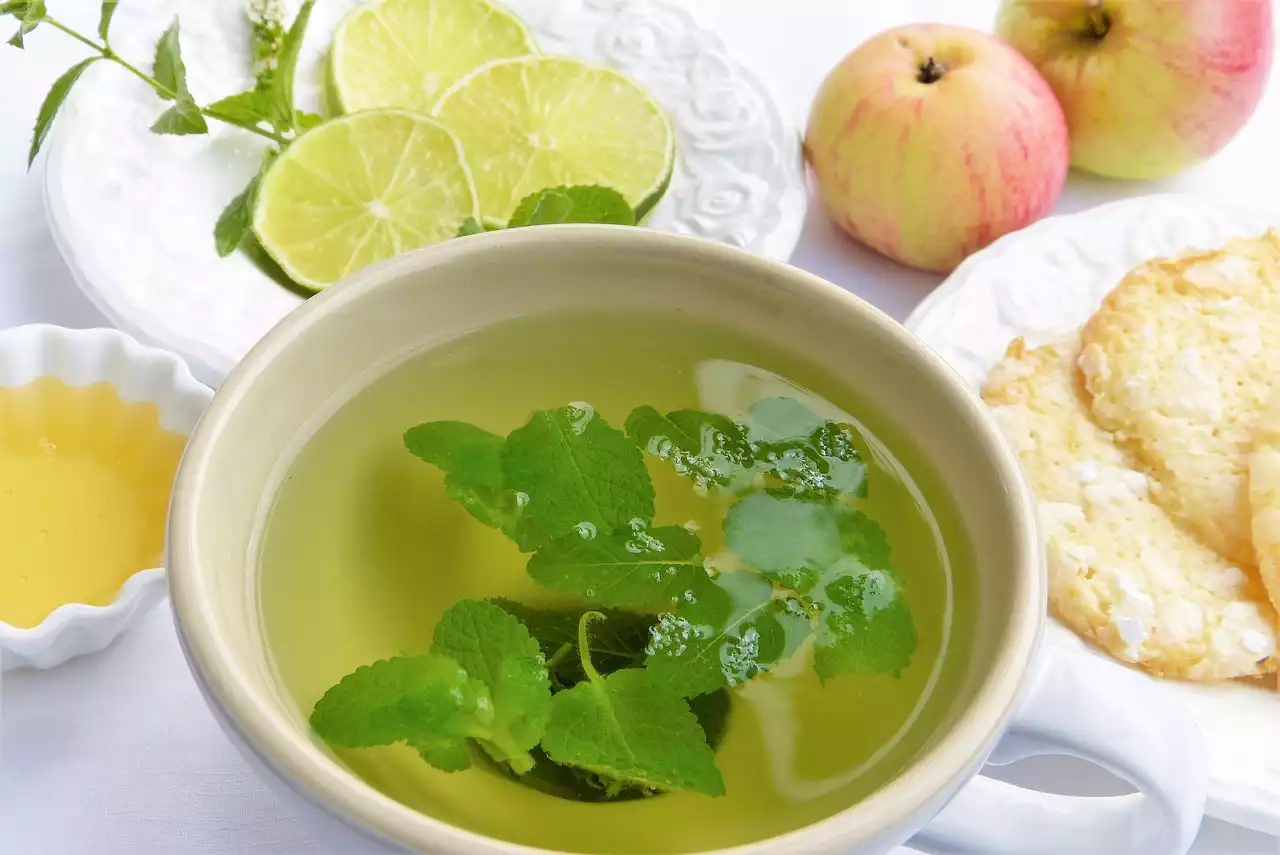Spring is the perfect time to start incorporating fresh herbs into your cooking. As the weather gets warmer and the days get longer, fresh herbs begin to sprout, bringing a burst of flavor and freshness to any dish. Some of the most commonly used spring herbs include basil, mint, dill, and parsley. These herbs can be used in a variety of ways to enhance the flavor of your food and add a touch of elegance to your dishes.
One of the most popular ways to use spring herbs is as a garnish. A sprinkle of chopped herbs on top of a dish can add color and flavor, as well as make the dish look more attractive. For example, a sprinkle of parsley or dill on top of a fish dish can add a touch of color and flavor, while a sprinkle of mint on top of a fruit salad can give it a fresh, invigorating taste.
Spring herbs can also be used in marinades to add flavor to meats and vegetables. For example, a marinade made with fresh mint, lemon juice, and olive oil can be used to marinate lamb or chicken, while a marinade made with fresh basil, garlic, and balsamic vinegar can be used to marinate vegetables such as eggplant or zucchini. The acidity in the marinade will help to tenderize the meat or vegetables, while the herbs add flavor.
Another way to use spring herbs is in dressings and sauces. For example, a dressing made with fresh dill, sour cream, and lemon juice can be used to dress a potato salad, while a sauce made with fresh basil, garlic, and olive oil can be used to top pasta. The herbs add a fresh, bright flavor to these dishes, making them perfect for a spring or summer meal.
Herb butter is another great way to use spring herbs. To make herb butter, simply mix softened butter with chopped fresh herbs such as basil, parsley, or dill. This butter can be used to top grilled meats, vegetables, or bread. It can also be used as a spread on sandwiches or as a base for a sauce.
One of the most popular dishes that can be made with spring herbs is pasta with pesto. Pesto is a traditional Italian sauce made with fresh basil, garlic, pine nuts, Parmesan cheese, and olive oil. This sauce can be used to top pasta, or as a spread on sandwiches or as a dip for bread. Pesto is a great way to use up a lot of basil, as well as add a fresh, flavorful touch to your pasta dishes.
Another dish that can be made with spring herbs is minted peas. To make this dish, simply blanch fresh peas in boiling water for a few minutes, then toss them with a simple dressing made with fresh mint, lemon juice, and olive oil. The mint adds a fresh, invigorating flavor to the peas, making them a perfect side dish for a spring or summer meal.
Storing Your Herbs
When it comes to storing and preserving spring herbs, there are a few options. One is to freeze them, either whole or chopped. To do this, simply wash the herbs, pat them dry, and then place them in an airtight container or freezer bag. Another option is to dry them by hanging them upside down in a cool, dry place. Once they are dry, they can be stored in an airtight container and used throughout the year.
Health Benefits of Spring Herbs
In addition to adding flavor to your dishes, spring herbs also have many health benefits. Here are some of the specific benefits of some of the most commonly used spring herbs:
- Basil: Basil is a good source of vitamin K, which is important for blood clotting and bone health. It also contains manganese, which is important for the metabolism of carbohydrates, proteins, and cholesterol. Basil is also a good source of antioxidants, which can help to protect the body against damage from free radicals.
- Mint: Mint is known for its ability to aid in digestion, as it can help to soothe stomach discomfort and reduce bloating. It's also a natural expectorant, making it an effective remedy for soothing respiratory issues such as colds, flu, and bronchitis.
- Dill: Dill is a good source of calcium, which is important for bone health. It also contains iron, which is important for the production of red blood cells and transportation of oxygen in the body. Dill is also a good source of vitamin A, which is important for vision and immune function.
- Parsley: Parsley is high in vitamin K, which is important for blood clotting and bone health. It's also a good source of vitamin C, which is important for the production of collagen and the absorption of iron. Parsley also contains antioxidants, which can help to protect the body against damage from free radicals.
In conclusion, cooking with spring herbs is a great way to add freshness and flavor to your dishes. From garnishes to marinades, dressings, herb butter and more, there are countless ways to incorporate these herbs into your cooking. Examples of specific dishes such as pasta with pesto, minted peas, and herb butter are delicious ways to use spring herbs. Additionally, these herbs offer many health benefits, so it's a win-win situation. Next time you're in the kitchen, don't forget to grab some fresh spring herbs and give your dishes an upgrade.





